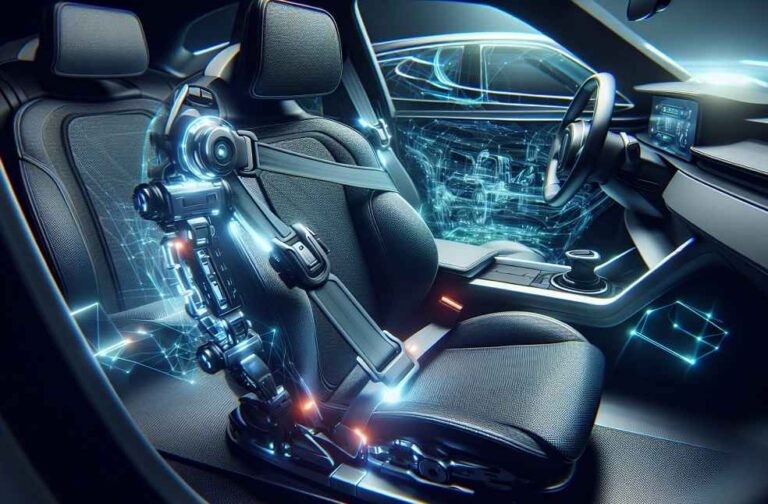Volvo Cars has introduced a major innovation in automotive safety with the launch of the world’s first multi-adaptive safety belt, which will debut in its forthcoming EX60 midsize electric SUV. Designed to offer a personalized level of protection, the new system uses real-time data and sensor-driven technology to automatically adjust belt tension based on individual body types and crash conditions.
This intelligent safety belt system integrates a network of sensors located inside and outside the vehicle, as well as within the seatbelt itself. These sensors collect data on the occupant’s size, posture, and crash variables, including impact speed and direction. Based on this information, the belt dynamically adapts its tension to ensure optimal restraint, reducing the risk of injuries such as whiplash or bruising that can result from improperly fitted belts.

Unlike traditional seatbelts that apply the same force regardless of the occupant, Volvo’s adaptive design allows for a tailored safety response in every situation. The system can even evolve over time, thanks to over-the-air updates that allow for the integration of new safety algorithms without changing any hardware—highlighting Volvo’s forward-thinking approach to longevity and innovation.
Developed in partnership with German automotive technology company ZF, the new safety belt is a co-patented achievement, combining Volvo’s expertise in vehicle safety with ZF’s strengths in sensor and adaptive technologies. The innovation aligns with Volvo’s broader mission to set new benchmarks in automotive safety and could inspire industry-wide adoption of more adaptive safety solutions.
With the EX60 expected to launch soon, Volvo’s latest breakthrough underscores its commitment to reimagining vehicle safety, using smart technology to address diverse human needs and evolving crash dynamics.
OBSERVATION | Global Car Seat, Accessory Market to Reach $9.3B by 2035





